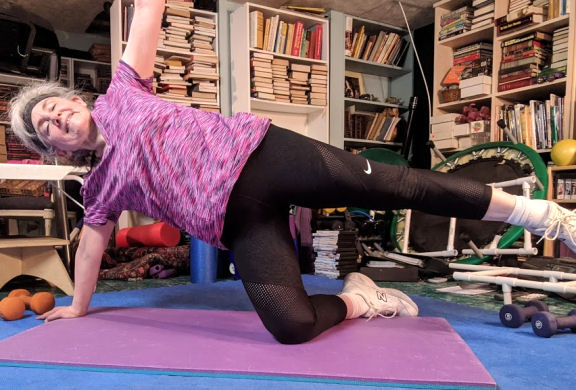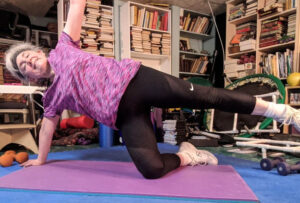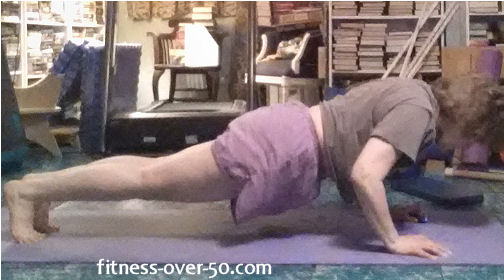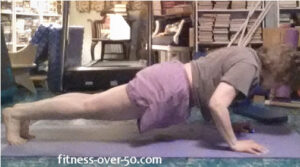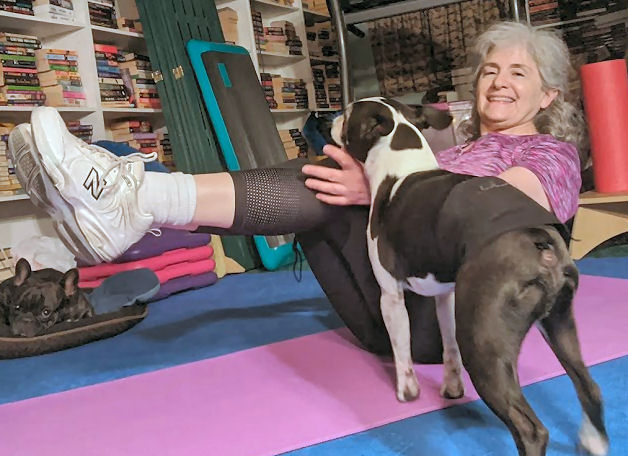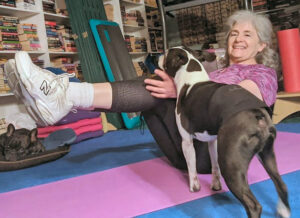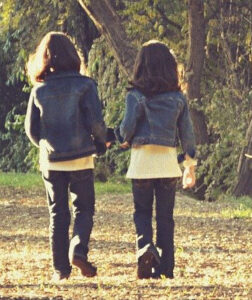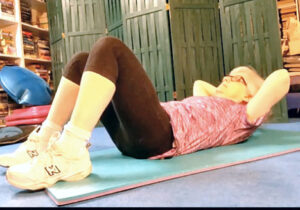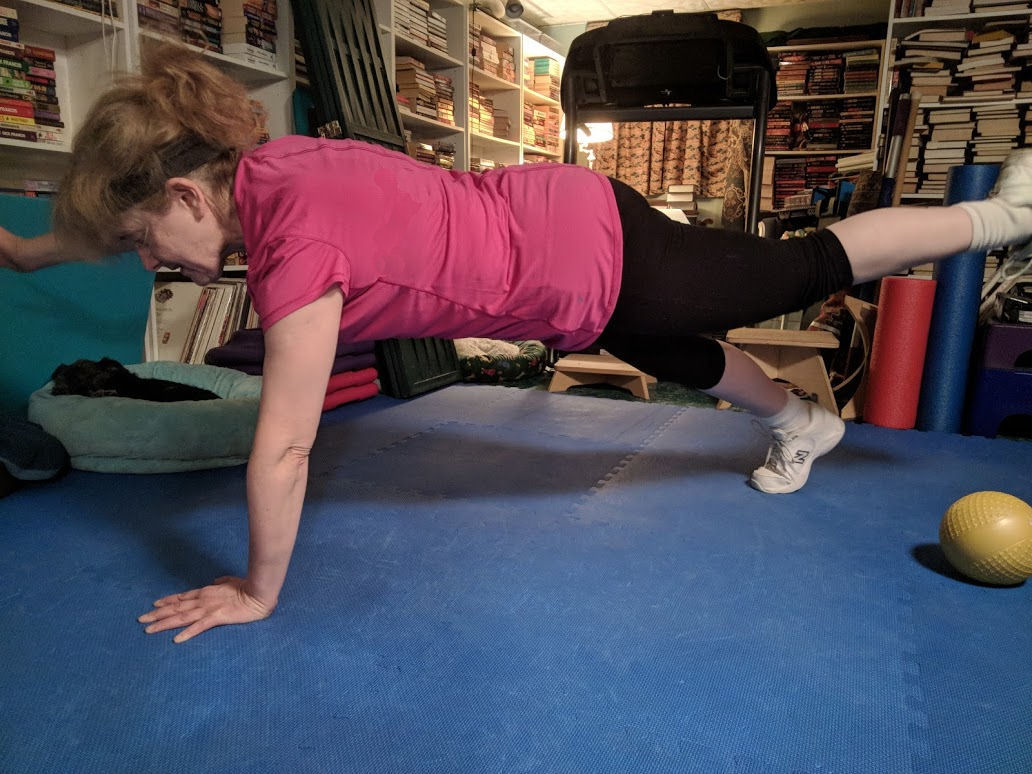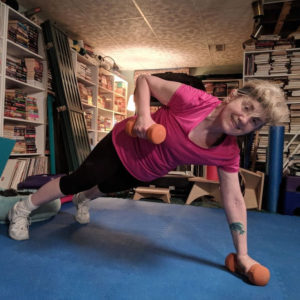When is it okay to quit a goal? I’ve written a lot about setting and achieving goals. Fitness goals that can take you from winded walking down the street to running a 10K. Life goals that take you from a disorganized sad person to a Marie Kondo wannabe. But how about when you want to quit a goal? When is that okay?
Look back and assess
At the beginning of a calendar quarter or year I like to look back and then forward and try to decide on the things I want to achieve in the next few weeks or months. Those goals can be big ones, or little, some of each. When I achieve those goals, they should bring some kind of happiness and fulfillment to my life.
But what happens if you’ve been working toward a goal that you set and it’s just not happening. Every time you think about doing that work, you get sad or find something else to do. You’re thinking about just not following through on that one. You’re thinking that you’re ready to quit a goal.
If a goal isn’t working for you
But, is that so horrible? If you find that a goal is no longer important to you, or if you’re just frustrated, then it ‘s time to rethink that goal. Ryan, from Point to Point Strength and Performance says, “Although quitting is usually associated with failure and a lack of grit and perseverance, it isn’t always a bad thing.”
Look back, then, and determine if you’re getting closer to that goal. If you are, you may want to push just a little more and then reassess at the end of the week or quarter. You could just be at what Seth Godin, marketing expert and entrepreneur, calls “the dip.” If you’re closer than you were before and you believe that the goal is worth pursuing, keep at it. Your resilience is growing regardless. And if it’s a fitness goal, you’re reaching for that ultimate goal of healthy aging.
Our lives may not align with the goal
But elements of our lives change. What we thought would be important to us may no longer be important. Or training for the race just leaves us drained and weak. Time to reassess or even toss that goal. If you’re constantly frustrated when you’re working toward a goal, it could be that the goal wasn’t formulated well. Reassess. And be honest with yourself. Redo the worksheet in your Get It Done Guide. There’s no shame when you quit a goal, but make sure that it no longer matters to you.

